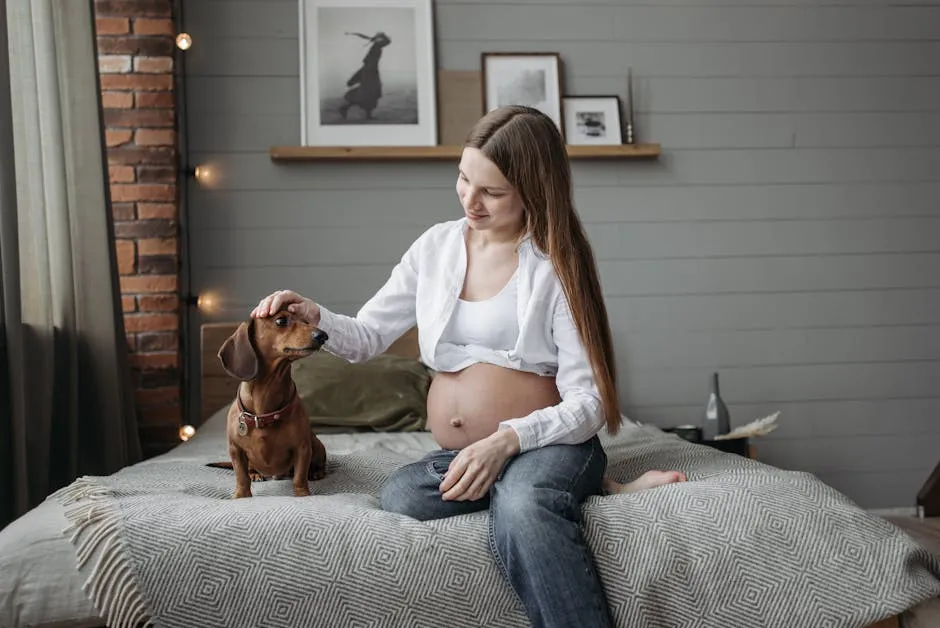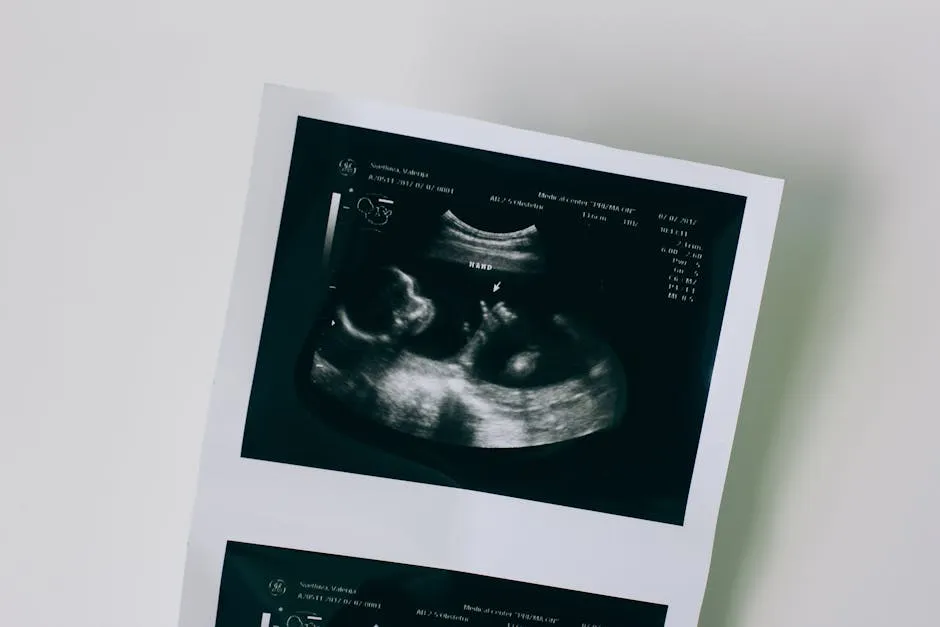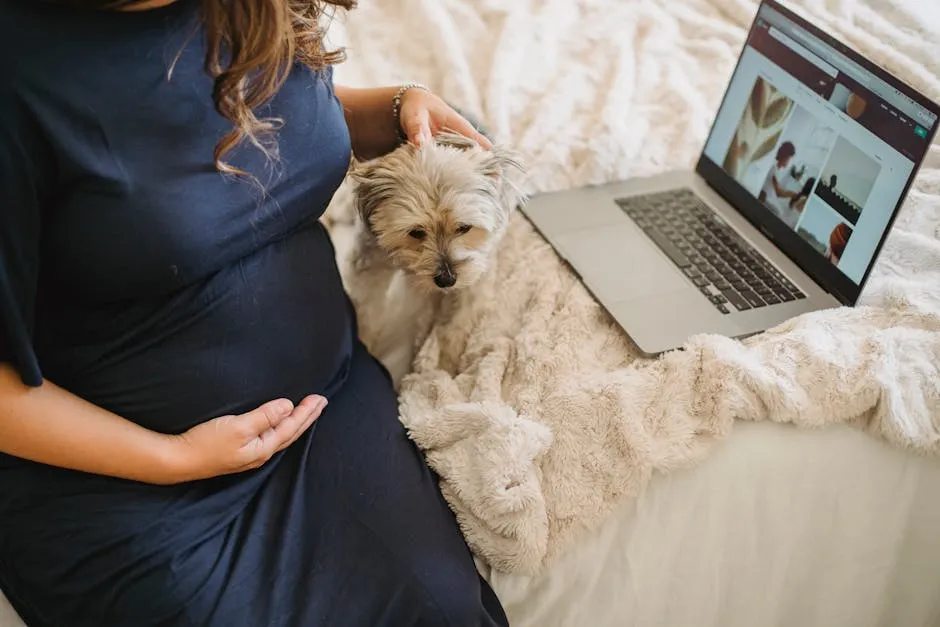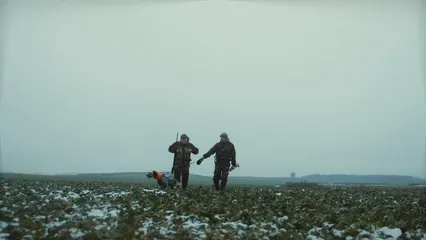The Duration of Dog Pregnancy
How long are dogs pregnant? That’s the million-dollar question! The average gestation period for dogs is approximately 63 days. However, this isn’t a one-size-fits-all answer. Variations can occur, with some dogs giving birth as early as 56 days and others as late as 72 days.
What causes this range, you ask? Well, several factors play a role. The dog’s breed, size, and overall health can influence gestation length. Larger breeds may experience slightly longer pregnancies. Meanwhile, smaller breeds can sometimes deliver sooner.
It’s also essential to consider the timing of mating. If the exact date of breeding is uncertain, counting starts from when the female dog enters the diestrus phase. This phase generally occurs around 14 days after she goes out of heat. In simpler terms, the more you know about your dog’s reproductive cycle, the better you can anticipate the arrival of those adorable puppies!
Another key aspect is the fertilization process itself. Canine ovulation doesn’t guarantee pregnancy. If a female mate doesn’t conceive right away, her body can still be in a holding pattern, which could impact the timing of her pregnancy.
So while the average is 63 days, keep in mind the range of 58 to 72 days. Monitoring your dog closely during this time is crucial. Regular vet visits can help ensure everything is progressing smoothly and provide you with peace of mind as you await the pitter-patter of tiny paws.

Signs of Pregnancy
How to Tell if Your Dog Is Pregnant
Noticing changes in your dog can be exciting and nerve-wracking. Pregnancy signs can be subtle. Early on, a few key indicators might catch your eye. Your dog may experience changes in appetite. Some dogs eat less, while others seem hungrier than a teenager after school. You might also spot changes in behavior. More affection or sudden bouts of irritability could be signs.
Physical changes are often noticeable too. Look for slightly enlarged nipples, which may also turn a darker shade. A clear vaginal discharge might appear, signaling that something’s brewing. And don’t be surprised if your furry friend becomes a bit lazier. Yes, even your hyper pup needs extra rest!
But how can you confirm if your dog is truly pregnant? A visit to the vet is essential. They have the tools to help. Hormone tests can detect relaxin, a pregnancy hormone, but only about 30 days into gestation. Palpation is another option, where the vet feels for fluid-filled sacs between days 21 and 35. Ultrasound scans are fantastic for detecting pregnancies around days 25 to 35. X-rays can be done later, usually after day 45, to estimate the number of puppies.
Don’t forget to consult your vet! They can provide a tailored approach to your dog’s needs and health. They’ll guide you through the pregnancy journey, ensuring your pooch stays healthy and comfy. Early veterinary consultation can help you monitor your dog’s condition and prepare for those adorable puppies.
As you navigate this new chapter, remember, every dog is unique. Signs may vary, so keep an eye out for these changes. With the right care, you’ll be better prepared for the exciting arrival of your furry family members.

Stages of Dog Pregnancy
Month-by-Month Breakdown
First Month (Weeks 1-4)
The first month of pregnancy is often quiet. Your dog is likely unaware of the changes happening inside her. By the end of week one, fertilized eggs travel to the uterine horns. Around day 14, they embed themselves in the uterine lining. During this time, some early signs may start to show. You might see increased affection or changes in appetite. Perhaps she becomes a couch potato, favoring snoozing over playtime.
By week four, a vet can detect pregnancy through ultrasound. At this stage, you may also notice enlarged nipples. Some dogs may experience light, clear discharge. It’s essential to keep your dog comfortable and stress-free during these early weeks.

Second Month (Weeks 5-8)
As we move into the second month, things start to pick up. This is when fetal development accelerates. By week five, your dog’s appetite likely increases significantly. She may gain between 20-50% of her body weight. You might even see her belly start to swell!
Around day 50, you may feel puppy movements beneath her skin. It’s like a little dance party going on inside! Along with this, you might notice behavioral changes. Increased urination becomes common as her body accommodates the growing pups.

Final Days and Labor Preparation (Weeks 9-10)
Now we’re in the home stretch! In the final days leading up to birth, your dog may exhibit nesting behavior. She could start rearranging her bed or seeking out cozy corners. This is her way of preparing for the big event!
You may also notice a drop in appetite. A temperature drop occurs, usually about 12-24 hours before labor begins. It’s a signal that the time is near. Be ready! Have a whelping box prepared with clean bedding and supplies.
As labor approaches, keep a close eye on her behavior. If she seems restless or anxious, those are good signs that puppy time is almost here. Stay calm, and let nature take its course. With a bit of preparation and knowledge, you’re ready to witness the miracle of new life!

Caring for a Pregnant Dog
Nutrition and Exercise
Caring for a pregnant dog requires a keen focus on nutrition and exercise. First things first, a balanced diet is essential. Pregnant dogs need a diet rich in high-quality proteins, fats, vitamins, and minerals. It’s not just about quantity; it’s about quality, folks!
As pregnancy progresses, so do her nutritional needs. Early on, keep her on regular adult dog food. However, once she hits the 40-day mark, it’s time to switch to puppy food or a growth formula. This switch helps meet her increased caloric demands. You might need to boost her calorie intake by 25% to 50% in the final trimester. After all, she’s not just eating for herself anymore!
But wait, there’s more! Portion control is key. Instead of one or two big meals, offer her several smaller meals throughout the day. This approach will help her digest better and keep her energy levels stable.
Let’s not forget about exercise! During the early stages of pregnancy, moderate exercise is encouraged. Short walks are perfect for keeping her active without overdoing it. As her belly grows, she’ll probably want to take it easy. Listen to her cues!
Avoid strenuous activities, especially as she nears the end of her pregnancy. Heavy jogging or excessive running is a no-go. Instead, focus on gentle strolls. The goal is to keep her physically fit while ensuring she doesn’t strain herself.
Pay attention to her body language. If she seems tired, let her relax. After all, she’s doing the heavy lifting—literally! Keeping your dog engaged physically and mentally throughout her pregnancy can make a big difference.
Regular vet visits are crucial during this time. Your vet can provide tailored advice based on your dog’s specific needs. They’ll also monitor her health and the puppies’ development. With the right care, you’ll set her up for a smooth pregnancy and delivery!

Preparing for Whelping
Creating a Safe Space for Delivery
Preparing for the arrival of puppies is an exciting yet crucial task. Creating a safe space for delivery, or a whelping area, is essential. This is where the magic happens, so it needs to be comfy and secure!
Start by selecting a quiet, low-traffic area in your home. A cozy corner in a bedroom or laundry room works perfectly. It should be away from loud noises and potential disturbances. Think of it as her own private maternity ward!
Next, set up a whelping box. You can buy one or make your own using a large cardboard box or plastic tub. Ensure it’s spacious enough for your dog to move comfortably. Line it with clean bedding. Old towels or puppy pads can be excellent choices—easy to clean and replace!
Introduce your dog to the whelping box a few weeks prior to her due date. Let her explore and get familiar with it. This will help her feel cozy when the big day arrives.
Now, let’s talk supplies! Gather essentials like clean towels, scissors, and a heating pad for pets. Keep a bulb syringe handy for clearing puppy airways if needed. Don’t forget to have some emergency contact numbers ready, including your vet!
As the delivery date approaches, monitor your dog’s behavior. If she begins nesting—arranging blankets or showing anxiety—she’s likely preparing for whelping.
Keep the space clean and organized. This preparation can make a world of difference during the delivery. With a safe, comfortable area, your dog can focus on what truly matters: bringing those adorable puppies into the world!
Delivery and Postpartum Care
Understanding Labor
Understanding labor is key to supporting your pregnant dog. The labor process usually unfolds in three stages, each with its own signs and expectations.
Stage one is where it all begins. This stage lasts 12 to 24 hours, though it can be subtle. Look for signs like restlessness, panting, or pacing. Your dog might also seek solitude or become clingy. Keep an eye out for clear vaginal discharge, as this can signal that labor is near.
Stage two is when the real action happens—puppy delivery! During this stage, puppies are born. It can take anywhere from one to 24 hours for all puppies to arrive, so patience is crucial. Each puppy is usually delivered in its own amniotic sac. If your dog doesn’t chew through the sac, be ready to assist. Gently remove it and ensure the puppy can breathe.
Stage three involves the expulsion of placentas. This often happens simultaneously with puppy delivery. Keep track of the number of placentas—there should be one for each puppy. If you notice any retained placentas, contact your vet immediately.
Now, let’s discuss postpartum care! After delivery, your dog may be tired but will instinctively care for her pups. Ensure she has access to fresh water and a nutritious diet to help her recover. This is crucial as she’ll need extra energy to nurse her growing puppies.
Monitor the puppies for any signs of distress or abnormal behavior. They should be nursing and gaining weight steadily. If you notice any issues, don’t hesitate to contact your vet for guidance.
With proper preparation and understanding of labor, you and your dog can navigate this exciting and challenging time together!

FAQs
How can I tell if my dog is pregnant?
Look for signs like increased appetite, changes in behavior, and physical changes. A veterinarian can confirm pregnancy through hormone tests, palpation, ultrasound, or X-rays.
Are there any risks involved with dog pregnancy?
Yes, potential complications can arise. Issues like infections or difficulties during labor may occur. Regular veterinary care is crucial for monitoring your dog’s health throughout the pregnancy.
Can dogs go overdue on their pregnancy?
Yes, dogs can exceed their due dates. If your dog is overdue by a day or two, consult your veterinarian for reassurance and guidance on the next steps.
What should I do if I suspect complications during labor?
If your dog shows signs of distress or if labor exceeds expected timeframes, contact your veterinarian immediately for assistance.
What Should I Do If I Suspect Complications During Labor?
Labor is an exciting yet nerve-wracking time for any dog owner. As your furry friend prepares to welcome her pups, it’s essential to know when to step in and call for help. Complications can arise, and being informed can make all the difference.
First things first: keep a watchful eye on your dog as she approaches her due date. Familiarize yourself with the signs of labor. Dogs usually experience three stages of labor. The first stage may last 12 to 24 hours and can often go unnoticed. However, signs such as restlessness, panting, and nesting behavior may indicate that things are starting to happen.
During the second stage, puppies are delivered. This stage can take anywhere from one hour to several hours, depending on the number of puppies. Each puppy is typically born every 30 to 60 minutes. If more than two hours pass between deliveries, it’s time to raise the alarm.
The third stage involves the expulsion of placentas. Keep track of the number of placentas; there should be one for each puppy. If any remain unaccounted for, that could lead to serious health issues for your dog.
Now, let’s talk about red flags. If your dog shows signs of extreme distress or if she has been straining for more than an hour without delivering a puppy, call your veterinarian immediately. Other urgent signs can include:
- Excessive bleeding or a foul-smelling discharge.
- Severe contractions without producing puppies.
- If your dog becomes lethargic or unresponsive.
Don’t hesitate to contact your veterinarian if you have any doubts. They can guide you on the next steps and provide reassurance. Having your vet’s number handy can save precious time during an emergency.
Keep in mind that many dogs give birth without complications. However, being prepared ensures you can act swiftly if needed. With vigilance and a bit of knowledge, you’ll be ready to support your furry friend through this remarkable journey.
In summary, while the arrival of puppies can be a joyous occasion, it’s crucial to remain alert. Understand the signs of labor and know what might indicate complications. Your proactive approach can help ensure a safe delivery for your dog and her adorable new family members!
As you prepare for your dog’s delivery, consider investing in a dog training clicker. It can be a handy tool for reinforcing positive behaviors as you introduce the new puppies to their environment.

Please let us know what you think about our content by leaving a comment down below!
Thank you for reading till here 🙂
All images from Pexels





